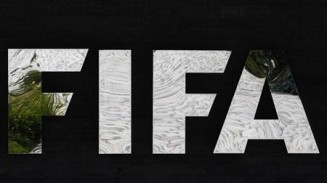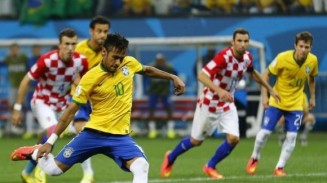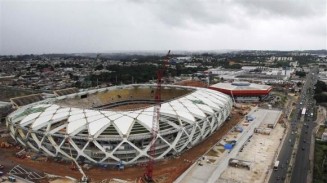For the second time, Nestle has failed to obtain a trademark for its four-finger shaped chocolate-coated wafer on the Kit Kat bar. On Wednesday, a High Court in Britain ruled that the particular shape on the chocolate bar did not deem it to have a trademark. According to Judge Richard Arnold, the shape (of the Kit Kat bar) was not "distinctive enough to be protected as a trademark."
The ruling of the court comes after Nestle filed a trademark protection on the shape of the Kit Kat bar, which resembles that of four fingers. Since 1935, the shape has been associated with Kit Kat bars, which is why the company believes it "deserves to be protected as a trademark." However, the Judge believes that it wasn't likely for shoppers to confuse Kit Kats with candy bars of the same shape since they rely on the Kit Kat label on the package. With this, the shoppers know that it is a Kit Kat bar and that it was manufactured by Nestle. The shape of the chocolate bar itself would not confuse them except if it were not covered in its usual packaging.
Nestle has tried to obtain a trademark for the shape of the chocolate bar ever since they learned that their rival, Cadbury (owned by Mondelez), planned to produce a chocolate bar with the same shape. Ever since 2010, Nestle has tried to have a trademark protection for the shape by bringing the case to court in London and the European Court of Justice. Again, the trademark protection request was junked by the courts.
For several years, Nestle and Mondelez have been fighting over trademark issues. The company was successful in preventing Cadbury from putting a trademark on its distinctive purple color shade used on plenty of its packaging.
What's your next move Nestle?
© 2023 Lawyer Herald All rights reserved. Do not reproduce without permission.
Get the Most Popular Lawyerherald Stories in a Weekly Newsletter





